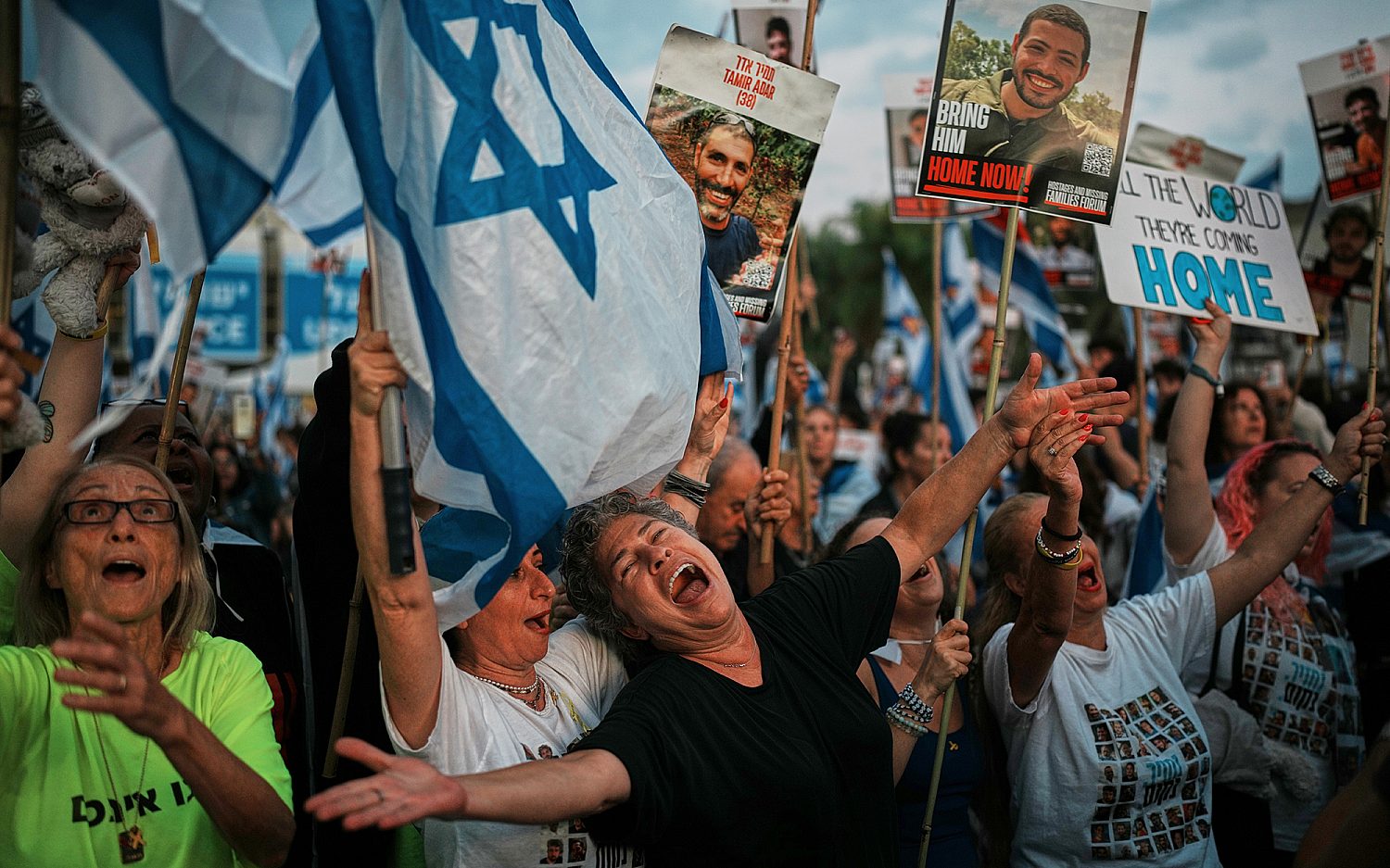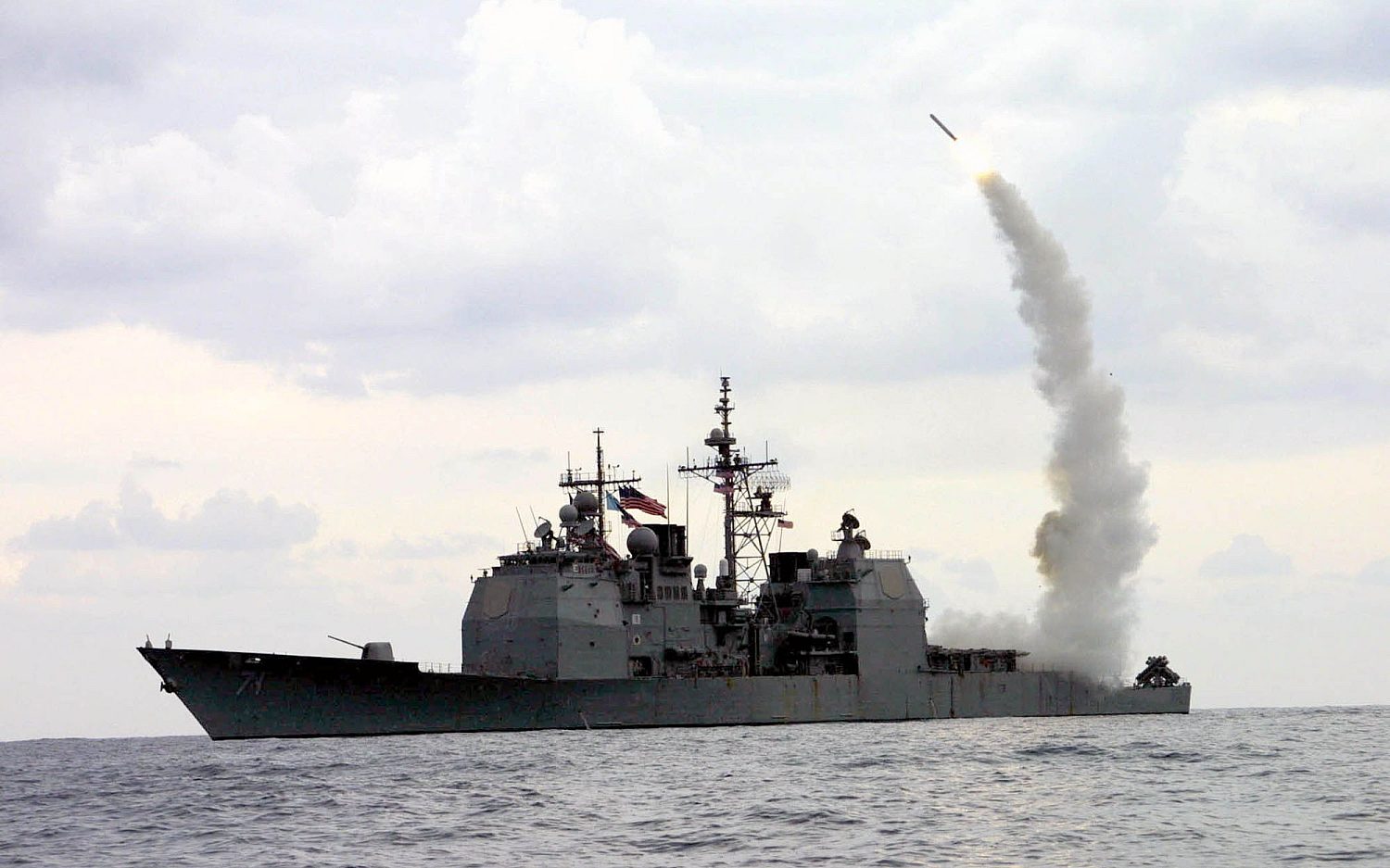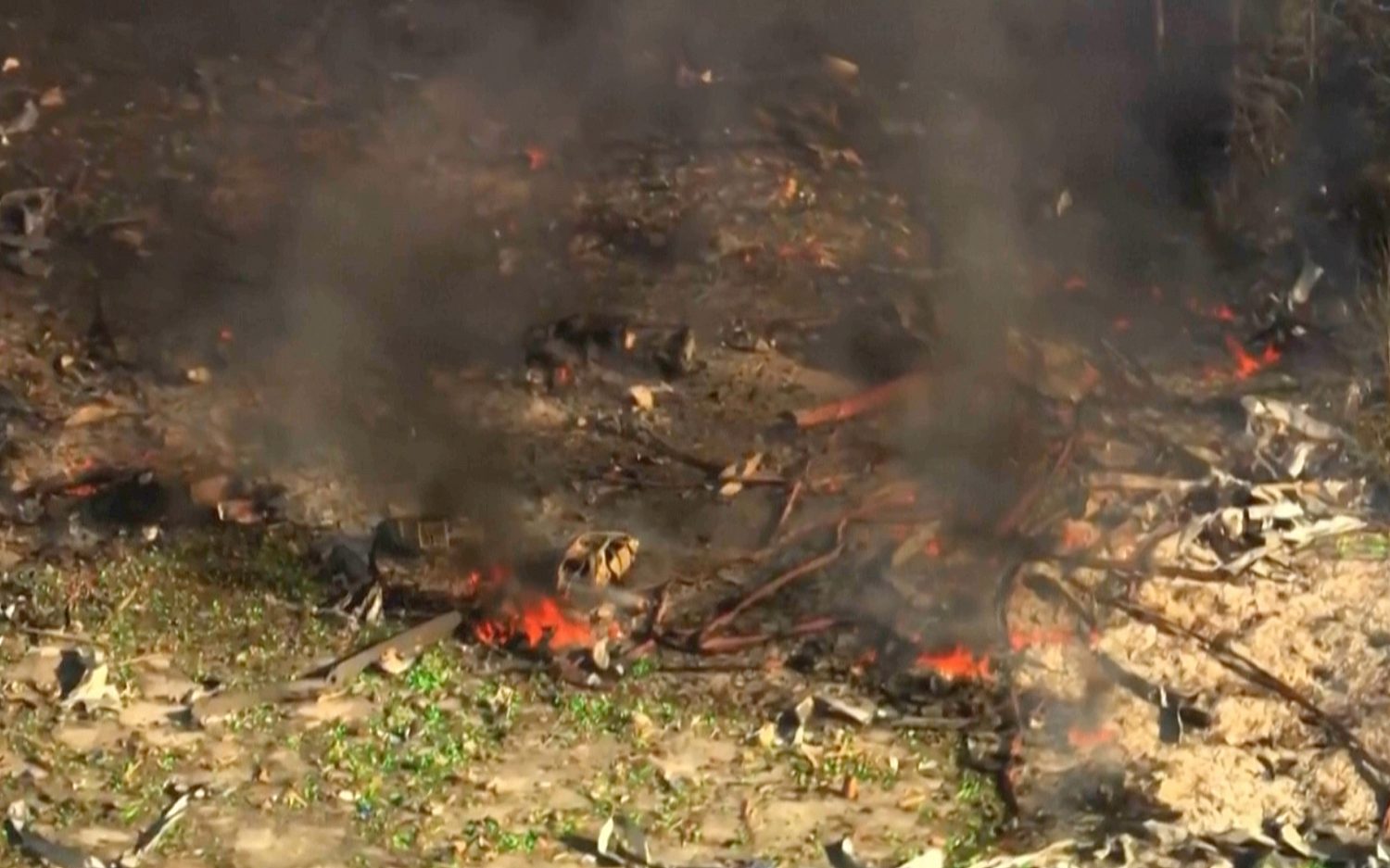SCOTUS considers prayer in the execution chamber
The nation’s highest court heard arguments on Tuesday about whether Texas should allow outside clergy to audibly pray and touch death row inmates during their executions. Justices appeared split on the religious liberty case. Chief Justice John Roberts and Justice Brett Kavanaugh questioned whether the precedent from their ruling will apply to all states. Kavanaugh and Justice Clarence Thomas also asked how states would determine the sincerity of religious beliefs and how to prevent death row inmates from gaming the system with a flurry of last-minute requests. Texas defendants said spiritual advisers not employed by the state pose a security risk in the chamber.
What is the case about? John Henry Ramirez, 37, was scheduled to die by lethal injection on Sept. 8 for the 2004 murder of a convenience store worker. Lawyers for Ramirez sued Texas for not allowing his pastor to be with him in person at the time of death. Texas law previously allowed spiritual advisers in the execution chamber, but 2021 amendments restricted prayer to state-employed chaplains. The regulations prohibit the clergy member from audibly praying or touching the prisoner. Ramirez’s lawyers said this violates his religious liberty rights under the Religious Land Use and Institutionalized Persons Act. State and national legal precedent has been mixed on allowing chaplains at executions. A ruling is expected in 2022.
Dig deeper: Read Steve West’s reporting in Liberties about the Supreme Court’s recent decision to halt an Alabama execution when an inmate was denied access to clergy.
An actual newsletter worth subscribing to instead of just a collection of links. —Adam
Sign up to receive The Sift email newsletter each weekday morning for the latest headlines from WORLD’s breaking news team.





Please wait while we load the latest comments...
Comments
Please register, subscribe, or log in to comment on this article.